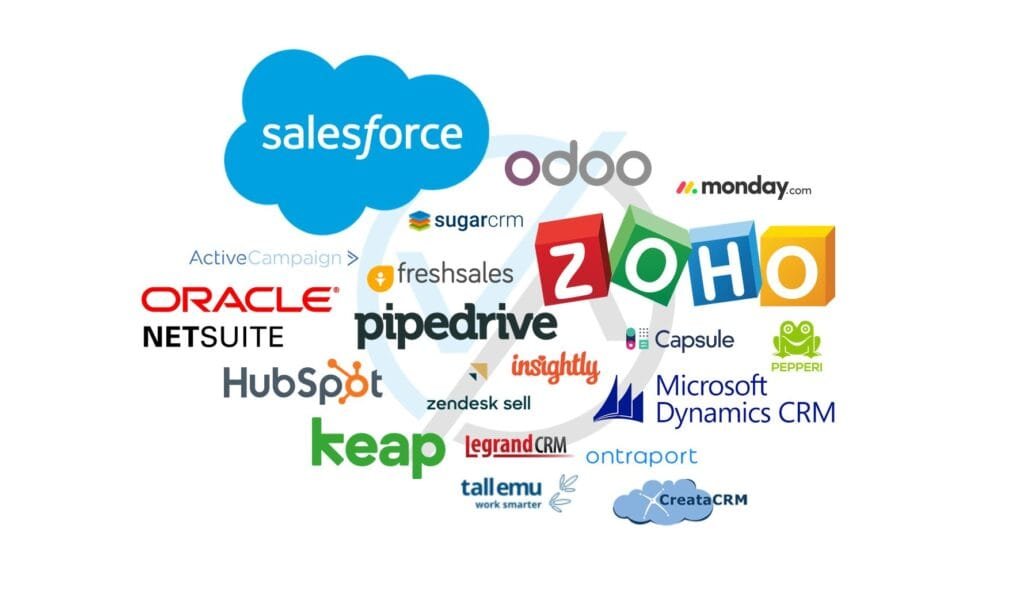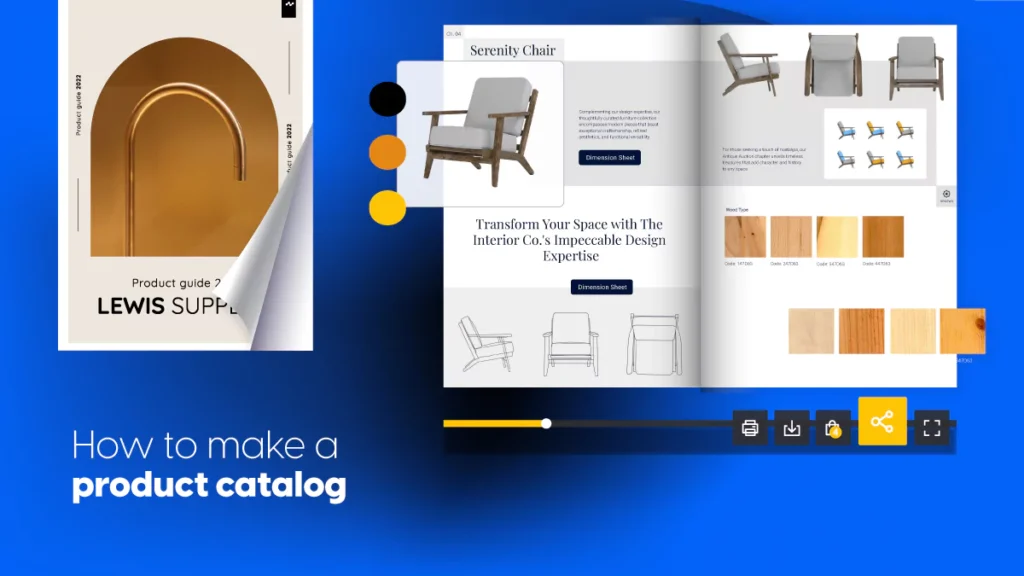Behind every successful business is a network of reliable partners, and among the most crucial are your suppliers. Whether you’re running a bustling online store, managing a manufacturing line, or leading a growing wholesale brand, your suppliers directly impact your bottom line.
Maintaining long-term supplier relationships isn’t just about good deals and timely deliveries. It’s about trust, mutual respect, and a shared vision that stands the test of time.
If you’ve ever experienced a delayed shipment during peak season, inconsistent product quality, or a supplier suddenly backing out, you know how fragile these partnerships can be. But when nurtured, supplier relationships can evolve into lasting alliances that drive growth, foster innovation, and give you a competitive edge.
This guide explores how to maintain supplier relationships that truly last. From emotional intelligence to strategic planning, you’ll learn practical steps for strengthening supplier bonds that weather any storm.
Key Impacts of Long-Term Supplier Relationships
Building long-term relationships with suppliers delivers real, measurable value across your operations. Here’s why these relationships matter:
Cost Stability and Predictable Pricing
Long-term relationships promote price consistency and better planning.
Suppliers may offer price protection or advance notice of changes.
Example: A US skincare brand locked in stable prices with a Korean supplier, avoiding price hikes during global disruptions.
Better Product Quality and Customization
Familiar suppliers understand your standards and brand identity.
Opportunities for exclusive product development increase.
Example: A Seattle coffee roaster co-created a custom blend with a Colombian supplier tailored to their audience.
Faster Problem Resolution
Trusted suppliers prioritize solving issues rather than assigning blame.
They respond quickly and offer flexible solutions.
Example: A fashion retailer received corrected samples overnight from a long-term supplier after a color mismatch.
Operational Efficiency and Less Micromanagement
Established partners understand your systems, reducing coordination time.
Reorders, shipping, and compliance become seamless.
Example: A California electronics firm saved 18 hours monthly through automated reorders with a familiar supplier.
Increased Supplier Loyalty and Priority Treatment
Preferred clients get faster delivery, early access, and personal support.
This priority can keep your business running during supply chain disruptions.
Example: During the pandemic, a PPE supplier limited shipments to long-term clients only, ensuring uninterrupted supply.
Room to Negotiate Better Payment Terms
Suppliers may offer flexible terms to dependable partners.
This improves cash flow and reduces capital pressure.
Example: An online toy business secured 60-day payment terms after a history of timely payments.
Strategic Collaboration and Innovation
Viewing suppliers as partners opens the door to co-creation and trend insights.
Innovation thrives in collaborative relationships.
Example: A gourmet food startup co-developed a new organic seasoning line with a long-term supplier, boosting sales for both.
The Foundation: Trust and Transparency
Why Trust Comes First
When suppliers trust you, they’re more likely to:
Offer better terms
Share sensitive insights
Prioritize your orders
Example: A home decor brand built trust through early payments and honest communication, gaining exclusive access to new products.
Be Transparent About Your Business Realities
Be upfront about sales projections, cash flow, and customer feedback.
Transparency builds credibility and flexibility.
Practical tip: Don’t delay informing your supplier if you need to reduce order volume. They’ll likely appreciate your honesty.
Set Expectations Early and Clearly
Define key expectations in writing, including:
Lead times
Product specs
Packaging requirements
Return policies
Example: A stationery brand created a one-page visual guide for every order. Their supplier used it to train staff, reducing errors significantly.
Keep Your Word, Even When It Hurts
Honor commitments, even when it’s inconvenient or costly.
Reliability strengthens long-term trust.
Example: A New York fashion label paid in full for fabric they no longer needed, securing ongoing priority service and discounts.
Communication: Frequency, Clarity, and Consistency
Communicate Early, Not Just Often
Inform suppliers of changes or plans as soon as possible.
Early updates prevent confusion and missed opportunities.
Example: A California wellness brand secured inventory early by alerting their supplier after a viral sales spike.
Use Multiple Communication Channels
Choose the right platform for each type of message:
Email for formal agreements
Messaging apps for daily updates
Video calls for strategy discussions
Shared drives for visual updates and documents
Pro tip: Follow up verbal agreements with written confirmation to prevent misunderstandings.
Be Clear and Specific
Avoid vague language. Be direct and detailed.
Say “ship by August 15” instead of “soon”
Say “logo misaligned by 0.5 inches” instead of “label looks wrong”
Example: An organic tea company reduced errors by attaching annotated photos with order emails.
Schedule Recurring Reviews
Regular reviews help improve processes and uncover growth opportunities. Discuss:
Wins and challenges
Customer feedback
Plans
Pricing and cost issues
Example: A furniture maker reviews seasonal trends and feedback quarterly with their wood supplier, improving transparency and speed.
Contracts, Expectations, and Fair Terms
Why Contracts Should Empower, Not Intimidate
Contracts should create mutual clarity and shared goals. Include:
Product details
Order volumes
Delivery timelines
Payment and refund terms
Shipping responsibilities
Dispute resolution methods
Example: A sportswear startup co-created a contract with a Vietnamese factory, turning the supplier into a committed partner.
Avoid Ambiguity at All Costs
Use clear, measurable language:
Specify exact lead times
Define acceptable product tolerances
Set pricing thresholds or review dates
Pro tip: For overseas partners, include visuals or translated terms to reduce confusion.
Review and Revise Terms as You Grow
Renegotiate contracts to reflect new volumes, products, or timelines.
Revisit terms at least once a year.
Example: A homeware company earned net-60 terms and a discount after increasing order volume with their long-term supplier.
Pay Fairly, Not Just Minimally
Don’t squeeze suppliers on pricing. Fair pay fosters loyalty and quality.
Consider bonuses or incentives for on-time delivery and good service.
Example: A snack brand offered a bonus to a family-run packaging supplier, securing priority production and unique materials access.
Conclusion
Markets shift. Technologies change. Products evolve. But long-term supplier relationships? They provide consistency, resilience, and strategic advantage.
The key is treating your suppliers as partners, not just providers:
Build trust through consistency
Communicate early and clearly
Set expectations and honor them
Use contracts to align interests
Pay fairly and respectfully
Strong supplier relationships support scalability, enable innovation, and help your business weather challenges. These relationships are part of your brand experience, shaping everything from product quality to customer satisfaction.
So, ask yourself:
Are you investing in supplier relationships as seriously as you invest in marketing, design, or customer service?
Because those connections built on trust and shared vision don’t just last. They lead.






